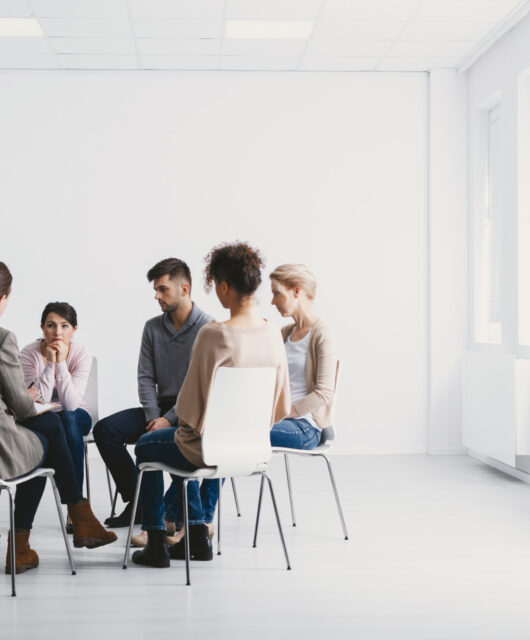8 Crucial Steps For After a Slip and Fall Accident

What if the worst part of slipping and falling happens after you hit the ground?
For those who are in a slip and fall accident, it is important to take almost immediate steps afterward to help bolster your legal case. Otherwise, you may not be able to put forth a credible premises liability claim.
There are hundreds of thousands of these accidents every year. Wondering what to do after it happens to you?
Keep reading to find out!
Table of Contents
1. Determine If You Have a Case
We’ve prepared a solid guide to how you can bolster your slip and fall injury case. But the first step is crucial: you must determine if you have a case at all!
For example, owners are not liable for every single accident that happens on their property. In some cases, it may have been something you did that caused you to have an accident. In other cases, the employer may have provided warnings that you failed to read and understand.
While we are going to get more into the specifics, what you mostly need to know is that you will likely lose your case if you are even partially to blame for the accident.
2. Get Medical Help
You’re probably very eager to start making your case for the lawsuit. However, step one is to take care of yourself and your injuries!
This is an important step for two key reasons. The first is simple: if you don’t have a major accident treated, then your quality of life may severely suffer in the coming months and years.
The second reason is that you are documenting the aftermath of the slip and fall injury. When the time comes, you will have medical documentation that helps to prove the severity of your injuries.
3. Check the Blame
Earlier, we mentioned the importance of figuring out if you are to blame for the accident. How, though, do you go about this?
First, you should be able to prove that you weren’t distracted at the time of the accident. Someone who slips on a wet surface while playing with their cell phone may have gotten hurt in part because they were distracting themselves.
Second, you must be able to prove that you had a reason to be in the area in the first place. Someone who gets hurt while they are functionally trespassing doesn’t really have a case!
Finally, you must be able to prove negligence on the part of the owner. And this begins by examining any warning signs that may have been visible.
4. Look for (Literal) Warning Signs
Earlier, we mentioned that you must be able to argue for negligence on the part of the owner. To do so, multiple criteria must be met.
The first is that the property owner must have received some notification about an unsafe condition. This is pretty simple: they cannot be negligent about something of which they were unaware.
The second is that, after being notified, the owner refused to post a warning. If someone knows that the floor is slippery, for example, they are obligated to warn everyone. If they fail to do so, they may be liable for any injuries caused.
5. Gathering Evidence
There are two words that you should live by with this and any other legal matter. And here they are: “document everything.”
If an owner did not have proper warnings posted, you need to get photographic and/or video evidence of this as soon as you can. If they were previously notified and failed to warn anyone, you must find proof of this.
At the end of the day, you are trying to build the most compelling possible legal case. And that means having as much evidence as possible.
Keep in mind that even things like the clothes you wore when the accident happened may be useful evidence. Put these in a separate bag, and don’t forget to document things like your medical care and any reports you made.
6. Make a Report
It’s important to have documentation about your medical treatment. However, it’s equally important to report the accident as soon as possible.
This simply means reporting the accident to the owner, landlord, or manager of a space. Like with the doctor’s visit, this helps to establish an official chain of reports and notifications regarding the incident.
Sometimes, these little steps may seem tedious. However, each one is important in order to maximize your chances of success.
7. Get an Attorney
By taking these steps, you are helping to make the best possible case. But you shouldn’t have to do this on your own.
No matter how good you are at documenting everything, premises liability attorneys are going to be better. And you should contact one as soon as you can.
Basically, these cases always end up being more complex than they seem at first glance. And when dealing with this complexity, you’ll want to have people on your side that have years of experience in winning cases.
You should think of hiring a lawyer as an investment. If they help you win your case, then it will have been completely worth it!
8. Avoid Making Statements
For better or for worse, we live in the most expressive era in human history. Most people are tempted to share the details of their days and lives with their friends and followers on social media.
However, when it comes to a slip and fall injury, you shouldn’t say anything at all. In fact, you should avoid making any public statements at all about the incident.
If you post details about what happened, you are giving the other side ammo to use against you. And if you make statements to insurance companies or other organizations, you may end up hurting your overall case.
Above all, don’t say anything that places the blame on anyone. That’s for the court to decide!
Slip and Fall Accident: The Bottom Line
Now you know more about making a solid slip and fall accident case. But do you know what step to take next?
We bring you the best news and hottest tips every week. Before your case goes any further, read our guide about whether you should accept a settlement!









